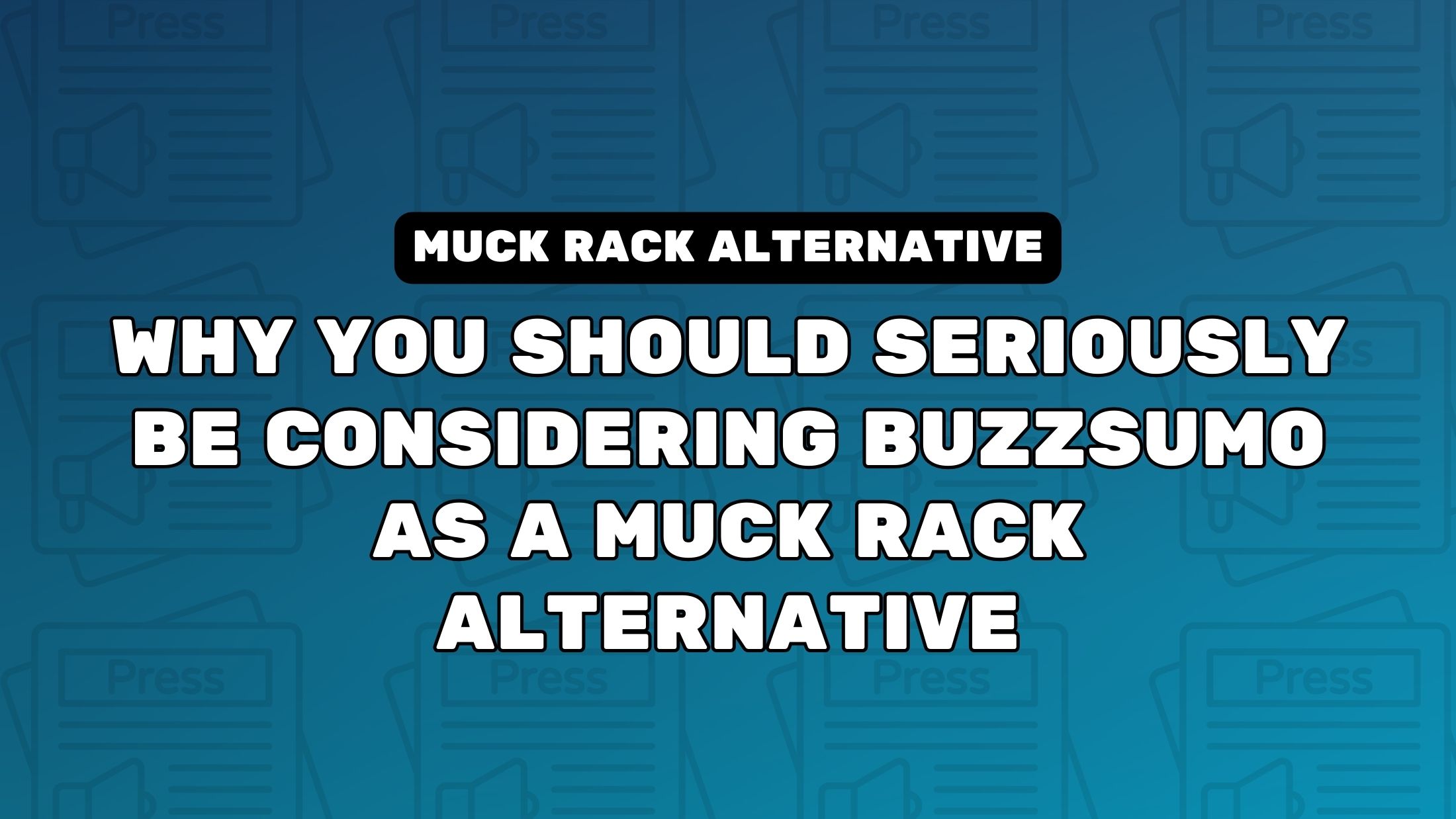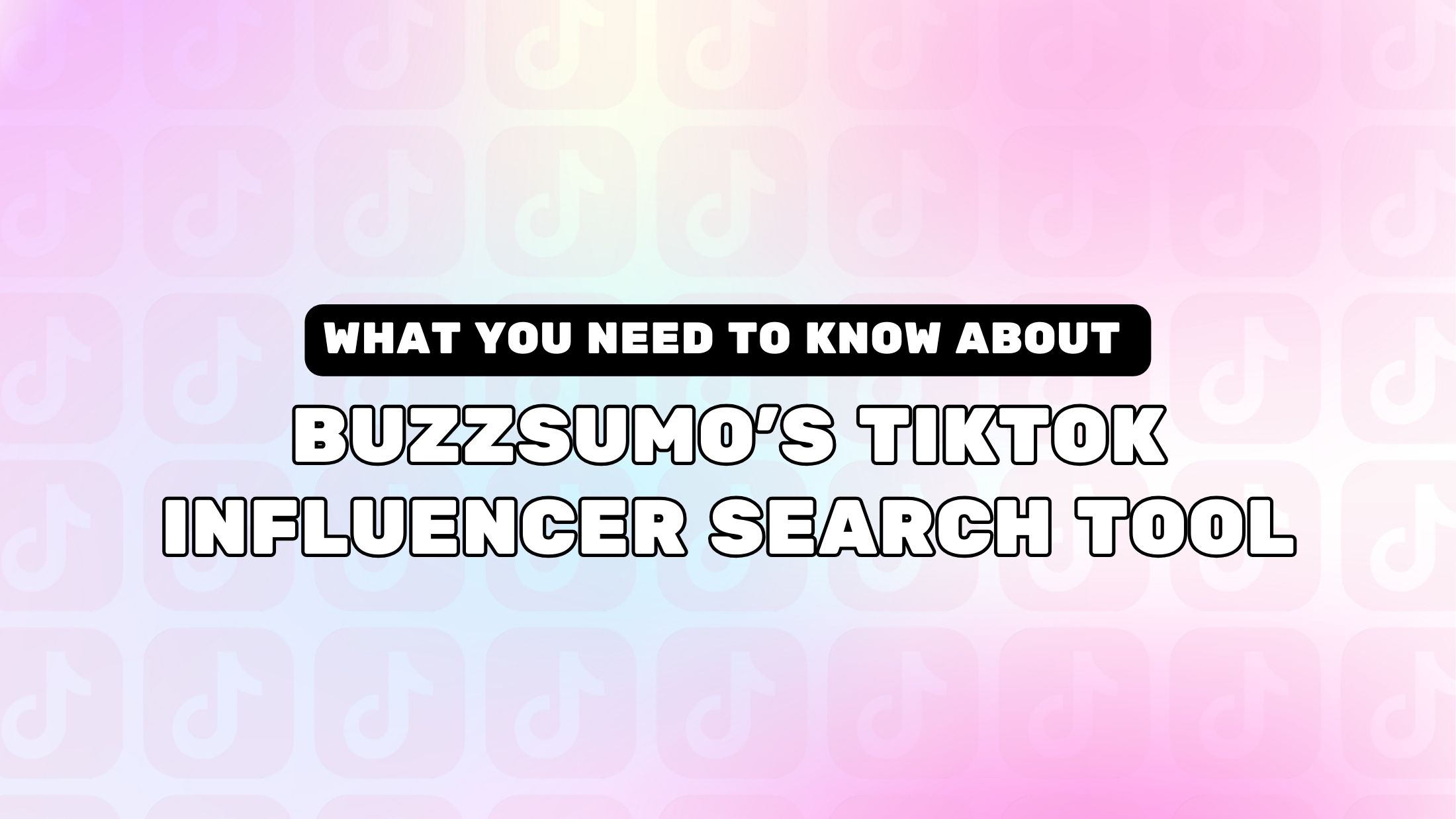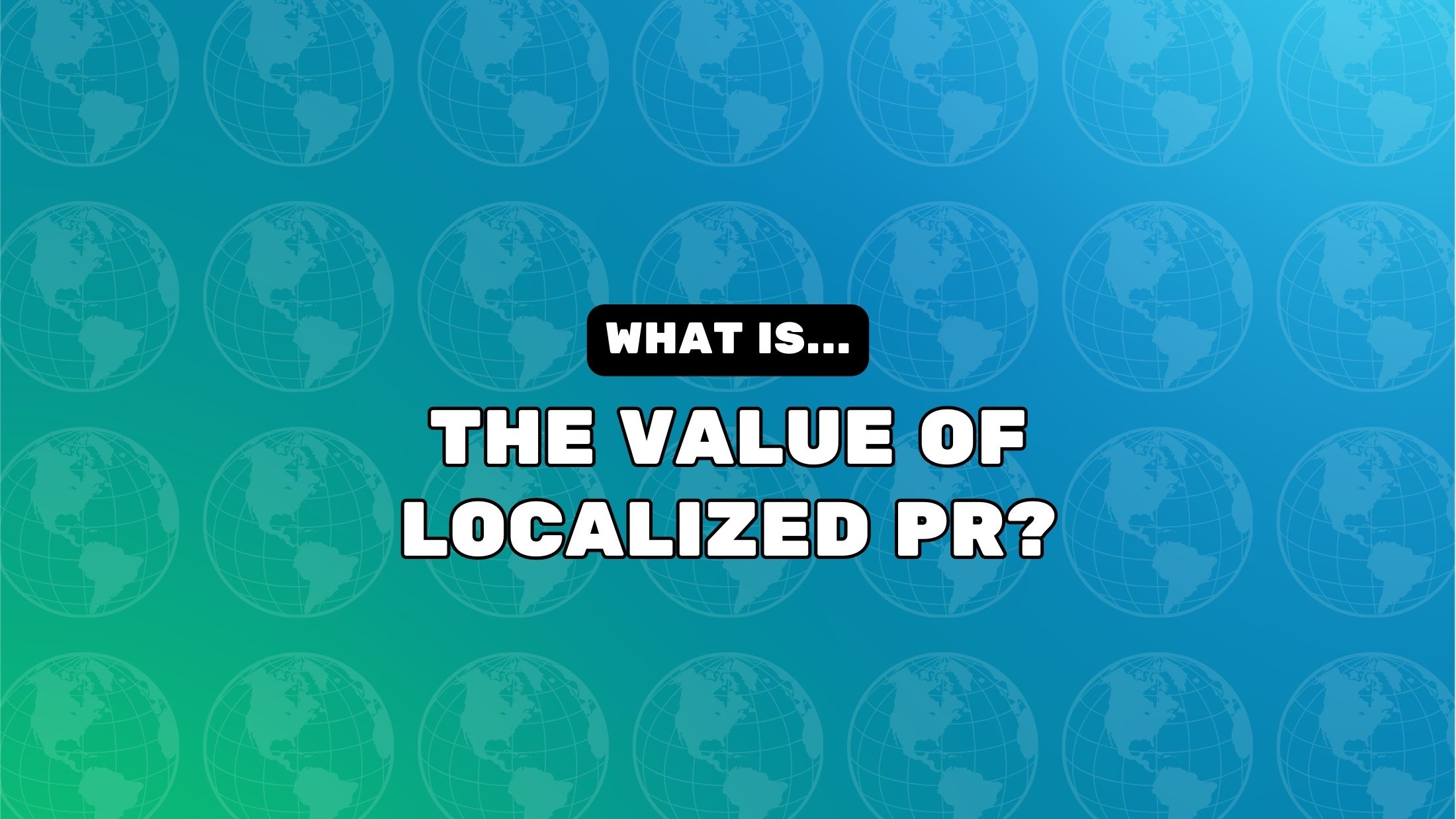Who Needs GMP Certification and Why It’s Essential for Product Safety
gmp certification

Ever get that sinking feeling wondering if your product is truly safe for customers? In industries like pharmaceuticals, cosmetics, or food supplements, one misstep—a contaminated batch, a sloppy process—can lead to recalls, lawsuits, or worse, harm to people. If you’re in the business of making products that consumers rely on, you know safety isn’t just a priority; it’s everything. So, how do you prove your goods are safe, reliable, and worthy of trust? That’s where GMP certification comes in. It’s not just a fancy sticker for your packaging; it’s a blueprint for ensuring product safety and quality. Let’s unpack why GMP certification is a must for businesses focused on product safety and how it can set you apart in a crowded market.
What’s GMP Certification, Anyway?
Think of GMP certification like a recipe for making sure every product you produce is safe and consistent. GMP stands for Good Manufacturing Practices, a set of guidelines developed by organizations like the World Health Organization and enforced by regulators like the FDA or EMA. It covers every step of production, from sourcing raw materials to packaging the final product, ensuring everything meets strict safety and quality standards.
Getting certified means an independent auditor has checked your processes and given you a big thumbs-up. It’s like a badge that says, “Our products are safe and made right.” For businesses in pharmaceuticals, cosmetics, or dietary supplements, where safety is non-negotiable, GMP certification proves you’re not taking shortcuts. But why does it matter so much? Let’s dig in.
Why GMP Certification Is a Game-Changer for Product Safety
In industries where product safety is paramount, there’s no room for error. Whether you’re making pills, lotions, or protein powders, a single flaw can lead to disaster—think health risks or a trashed reputation. GMP certification is your way to prove you’ve got safety locked down. Here’s why it’s critical:
-
Builds Trust with Customers and Regulators: Consumers and retailers want products they can rely on, and regulators like the FDA demand proof of safety. GMP certification shows you’re not just promising quality—you’re delivering it. It can be the difference between landing a deal with a major pharmacy chain or getting passed over.
-
Ensures Consistent Quality: The certification process makes you map out every production step, from sanitizing equipment to testing ingredients. You’ll catch risks—like cross-contamination or improper storage—and fix them. One supplement company I know reduced their batch rejections by 30% after getting GMP certified. That’s fewer headaches and happier customers.
-
Saves You Money: Recalls, fines, or lawsuits are brutally expensive. GMP certification helps you prevent those nightmares, saving you from financial and reputational ruin.
-
Keeps You Compliant: Regulations like FDA’s cGMP or EU GMP are strict. GMP certification aligns with these rules, making compliance easier and reducing the risk of penalties or market bans.
Sounds like a no-brainer, right? But here’s the thing: getting certified takes effort. It’s not something you can slap together overnight. Is it worth it? Let’s talk about that next.
The Cost of GMP Certification (And Why It’s Worth It)
Let’s be upfront: GMP certification isn’t cheap. You’re looking at costs for consultants, audits, staff training, and maybe software like MasterControl or Qualio to keep everything organized. For a small business, that can feel like a kick in the shins. I once talked to a cosmetics startup founder in California who nearly backed out because the price tag seemed daunting. A year later? She said, “It was the smartest move we ever made.”
Why? Because the benefits are massive. Her company landed a contract with a major retailer because they could show off their GMP certification. The deal was worth six times what they spent on certification. Plus, their tightened processes caught a contaminated ingredient before it hit production, saving them from a potential recall. That’s not just a win—it’s a lifeline.
Here’s a tip: you don’t have to do it all at once. Start with the basics of GMP, like setting up standard operating procedures (SOPs). Once you’ve got that down, you can build on it. It’s like perfecting a recipe—you nail the base before adding the spices.
A Quick Side Note: It’s About Your Team, Too
You know what? GMP certification isn’t just about processes or paperwork. It’s about your team—the production workers, quality controllers, and packers who make your products happen. Getting certified means training them to follow strict protocols, spot risks, and prioritize safety. I’ve seen factory teams go from “quality’s just a checklist” to being obsessive about getting it right after certification. Why? Because they know their work keeps customers safe.
And let’s not forget your customers. In a world where product recalls make headlines, GMP certification is like a warm handshake. It says, “You can trust our products.” That’s huge when you’re competing in a market where safety is the top concern.
How GMP Certification Fits Into Product Safety in 2025
Let’s zoom out for a sec. The landscape for product safety is changing fast. Consumers are demanding transparency, and regulators are cracking down with stricter rules—think FDA’s updated cGMP guidelines or EU’s tightened GMP annexes. GMP certification is like a compass for navigating this high-stakes world. Its focus on quality control and risk management pairs perfectly with modern tools like automated batch tracking or real-time environmental monitoring.
And here’s something else: safety is a selling point in 2025. With economic uncertainty still lingering, retailers and consumers are pickier about who they trust. GMP certification gives you an edge, especially in industries like pharmaceuticals or cosmetics, where safety scandals can sink a brand. Plus, with trends like clean-label products and sustainability gaining traction, GMP’s emphasis on safe, consistent processes keeps you in sync with what customers want.
Oh, and have you noticed how many companies are flaunting their GMP certification at trade shows like SupplySide West or on LinkedIn? It’s not just bragging. It’s a signal to buyers that you’re serious about safety in a market where one mistake can cost millions.
Getting Practical: How to Get GMP Certified
Alright, let’s get down to brass tacks. You’re sold on GMP certification, but how do you make it happen? It’s not like you can snap your fingers and get certified. Here’s a straightforward roadmap to guide you:
-
Learn the GMP Guidelines: Check out resources from the FDA, WHO, or ICH to understand GMP requirements. It’s all about building a robust quality system.
-
Run a Gap Analysis: Use tools like MasterControl or hire a consultant to see where your processes fall short—think unclean equipment or missing SOPs. This is your reality check.
-
Train Your Team: Quality isn’t just for managers. Get everyone—production staff, quality control, everyone—on board with training and clear protocols.
-
Document Everything: GMP loves records (yep, it’s a thing). Create SOPs, batch records, and logs to prove you’re doing things right.
-
Pass the Audit: An external auditor (like SGS or NSF) will review your system. Nail it, and you’re certified. Miss the mark, and you’ll need to fix gaps and try again.
Pro tip: don’t skimp on the consultant. A good one can save you time and headaches. And if costs are a worry, check for grants—some governments offer funding for businesses pursuing GMP certification. Worth a quick search, don’t you think?
What If You Skip GMP Certification?
Here’s something to chew on: what’s the risk of passing on GMP certification? Sure, you save some cash upfront, but you might be setting yourself up for trouble. Without certification, you’re less likely to win contracts with big players, like pharmacy chains or international distributors, who demand proof of safety. Your competitors with GMP badges will look more reliable, even if your products are just as good. And if a safety issue—like a contaminated batch—slips through, you’ll have a harder time proving your processes are solid.
I heard about a small supplement company in Texas that lost a deal with a major retailer because they lacked GMP certification. The client didn’t even consider them. That’s the kind of missed opportunity that stings.
Wrapping It Up: Your Path to GMP Success
So, where does this leave you? GMP certification isn’t just a shiny badge—it’s a way to make your business safer, more trusted, and more competitive. It ensures product safety, builds confidence, and opens doors to new opportunities. Yes, it takes effort. Yes, it costs money. But the payoff? It’s like upgrading from a shaky production line to a state-of-the-art facility—everything runs smoother and safer.
If you’re ready to take the leap, start small. Talk to your team, research consultants, and maybe even chat with a certified competitor to get the lay of the land. The road to GMP certification might seem long, but every step gets you closer to being the brand everyone trusts. So, what’s holding you back? Isn’t it time to show the world your products are safe and sound?



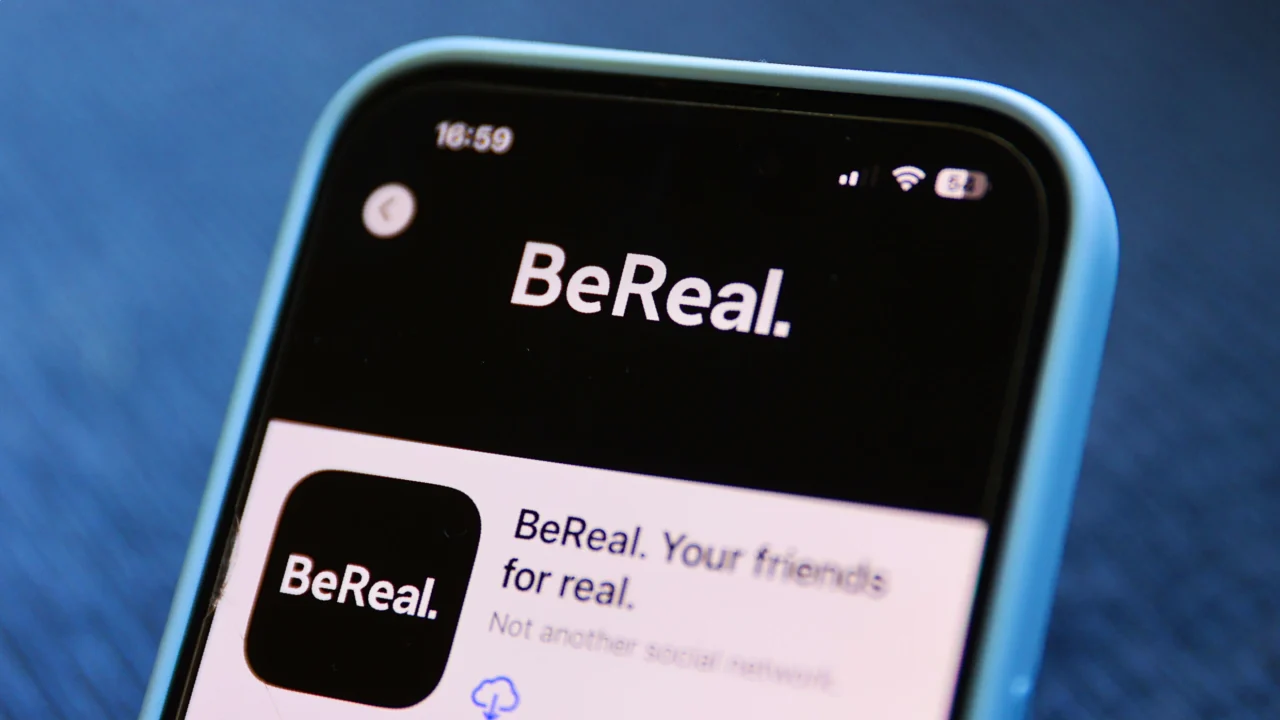



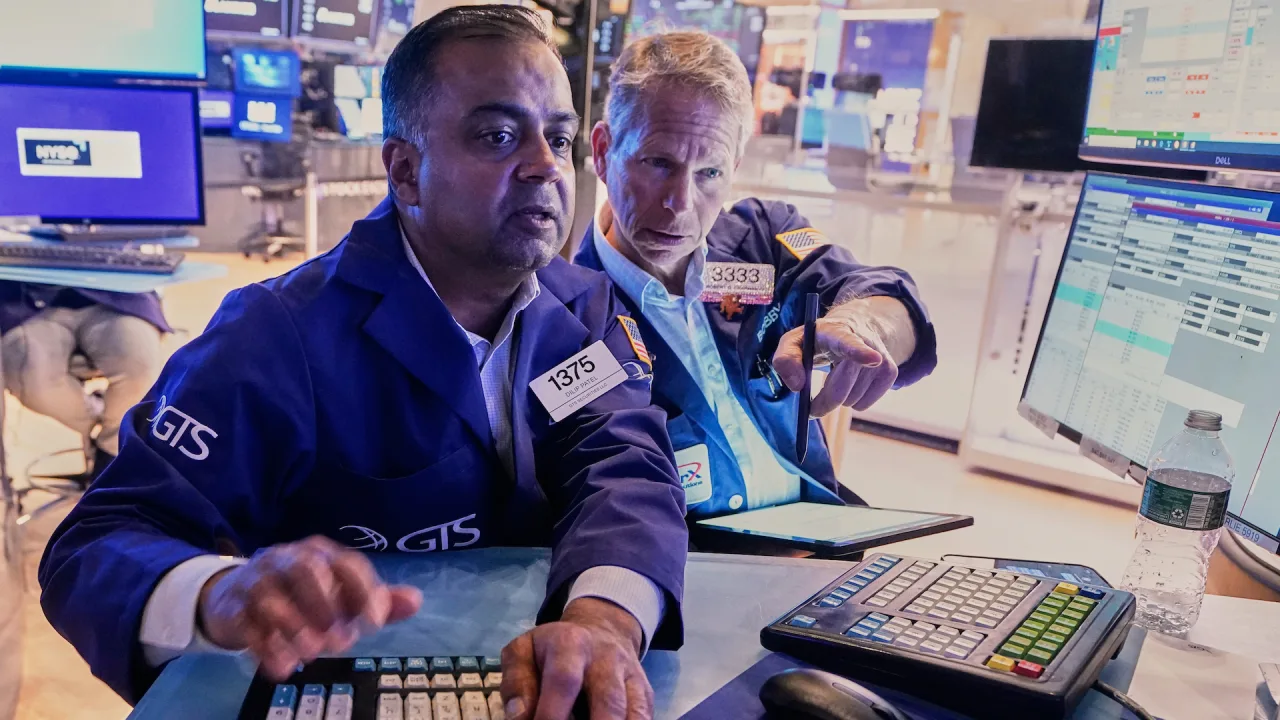
























































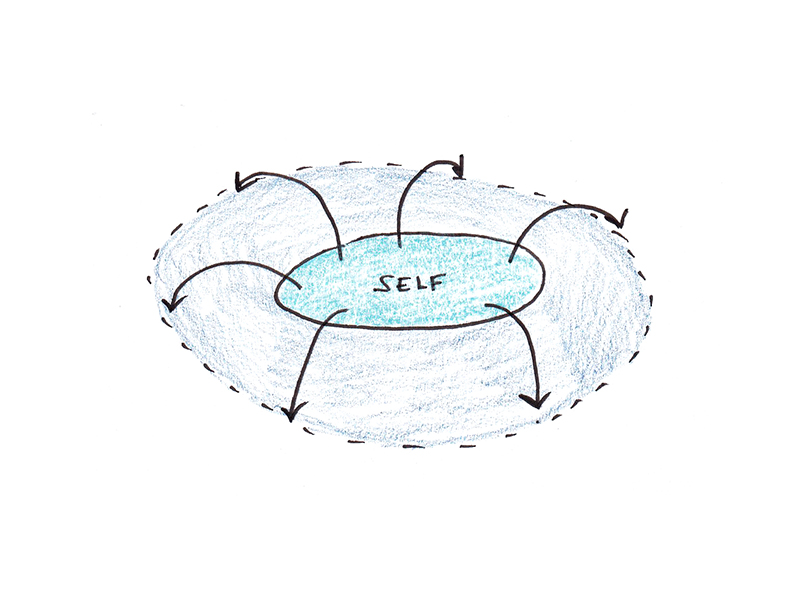
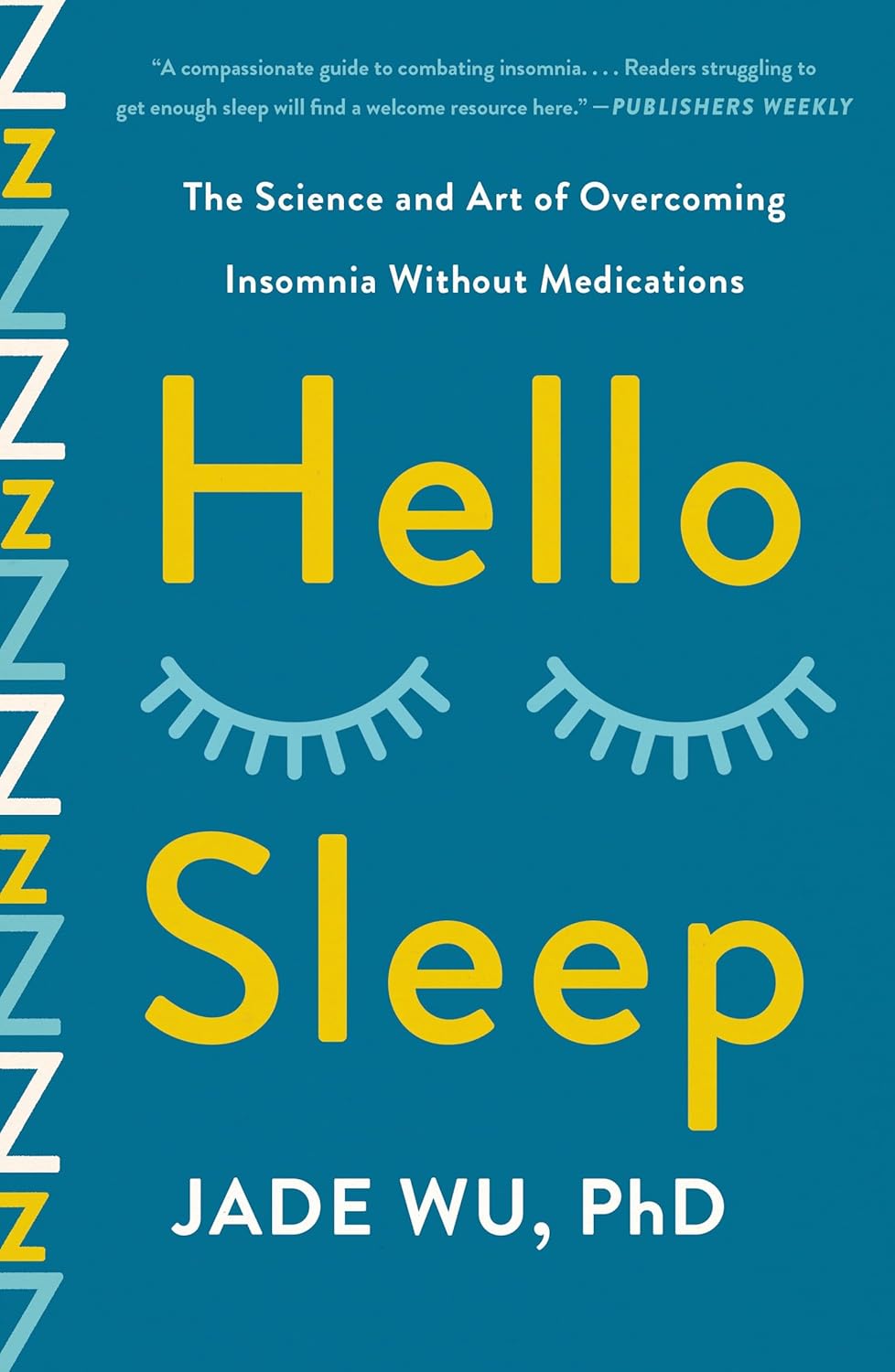
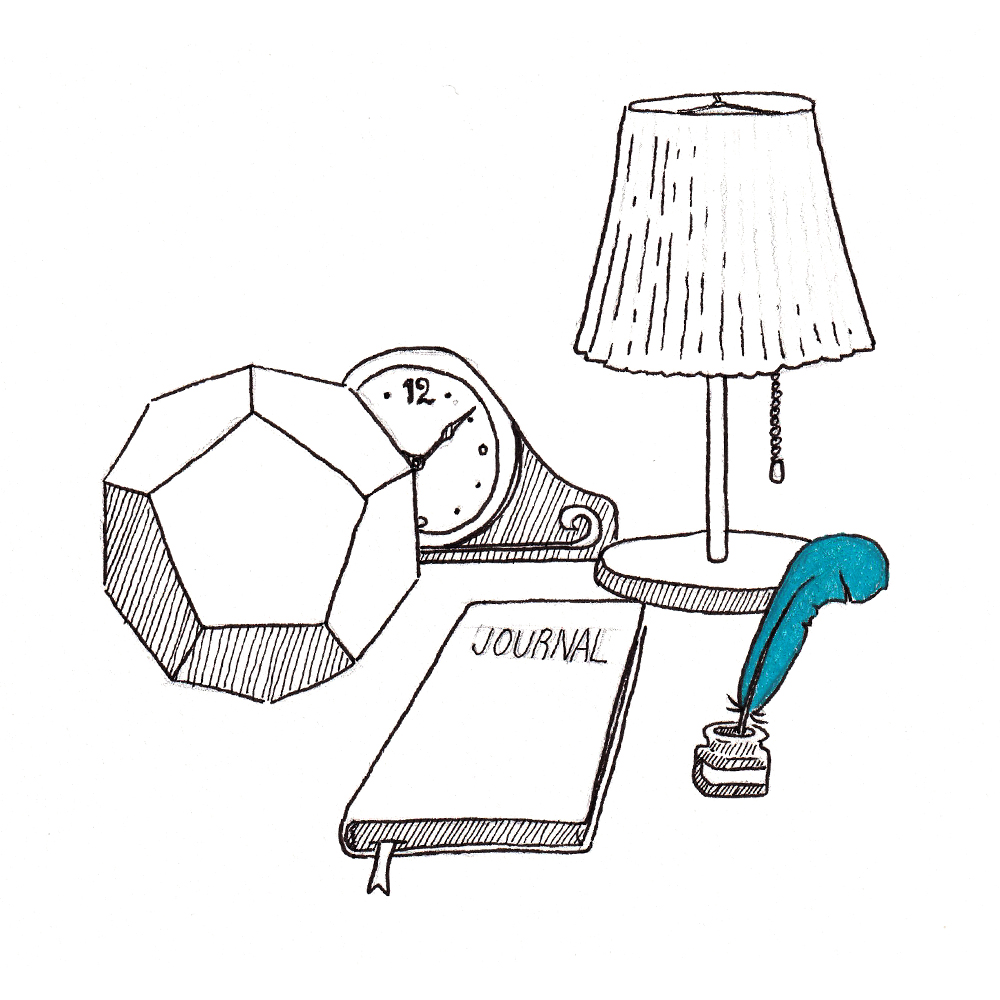






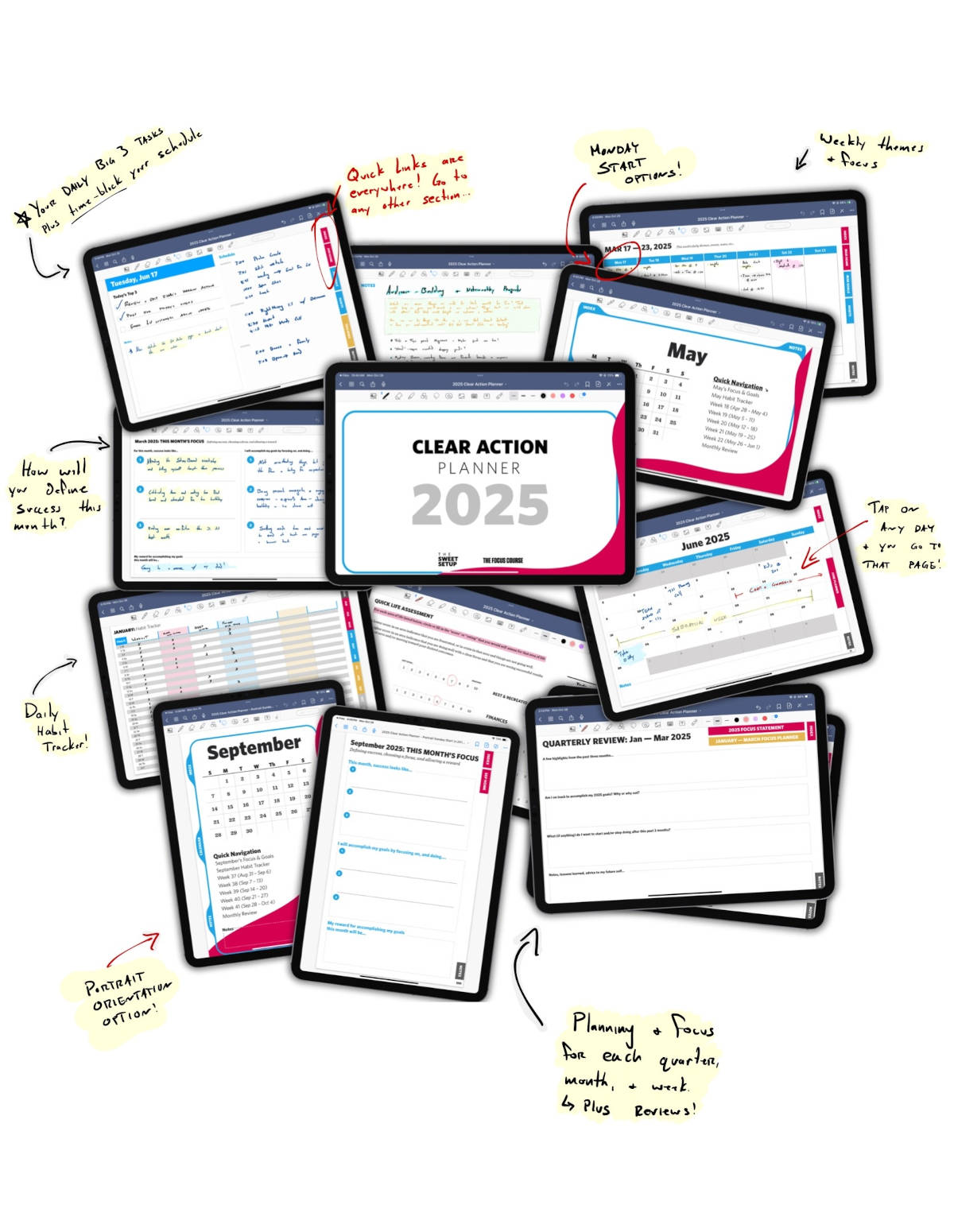



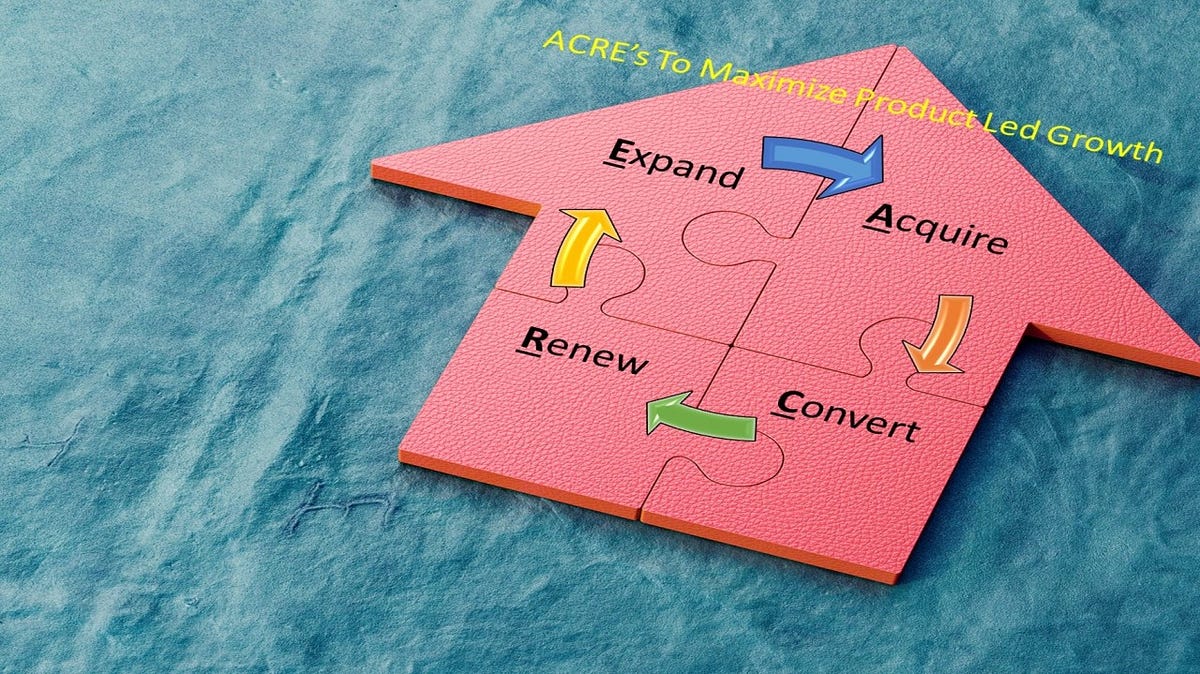
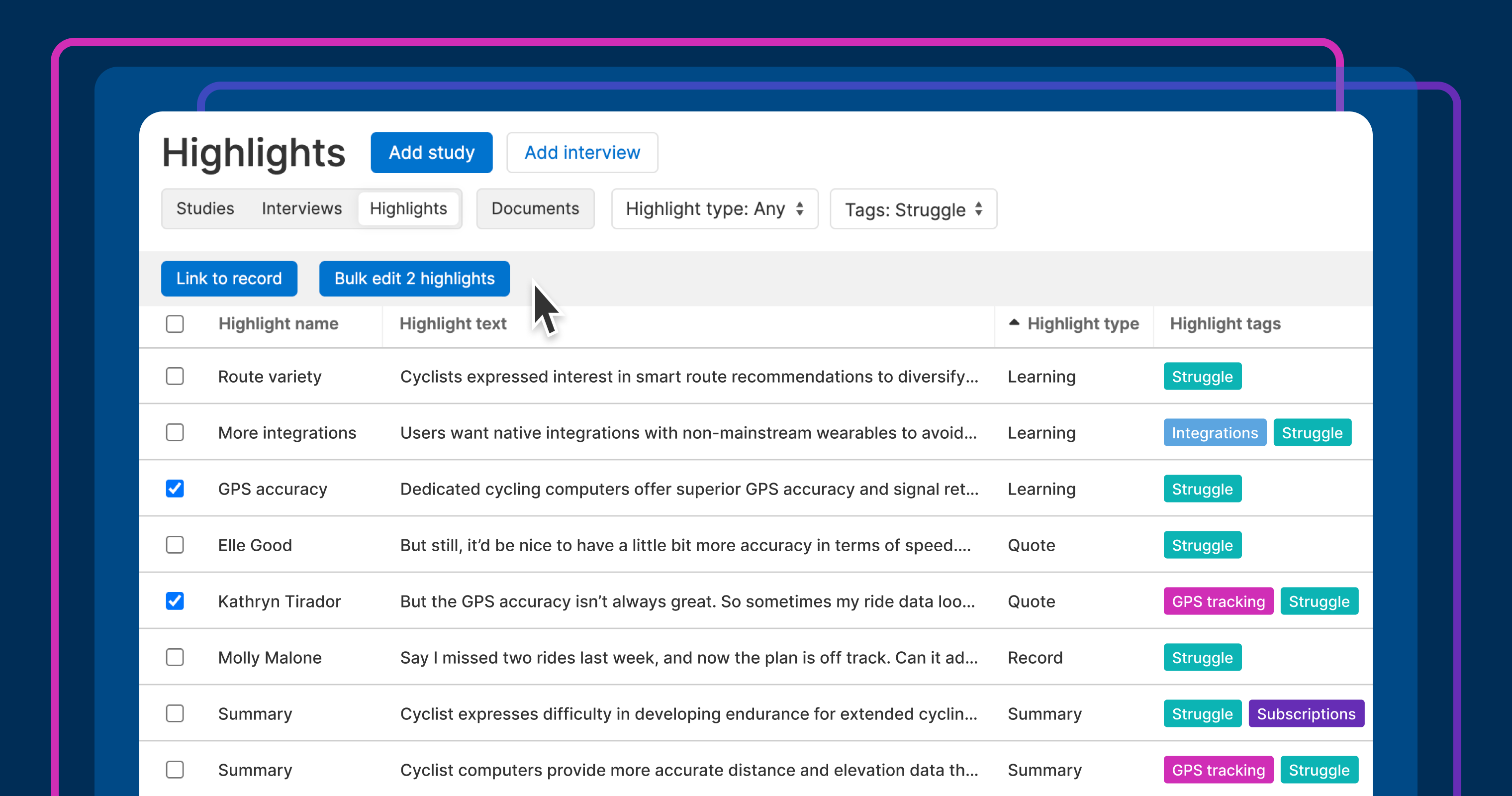


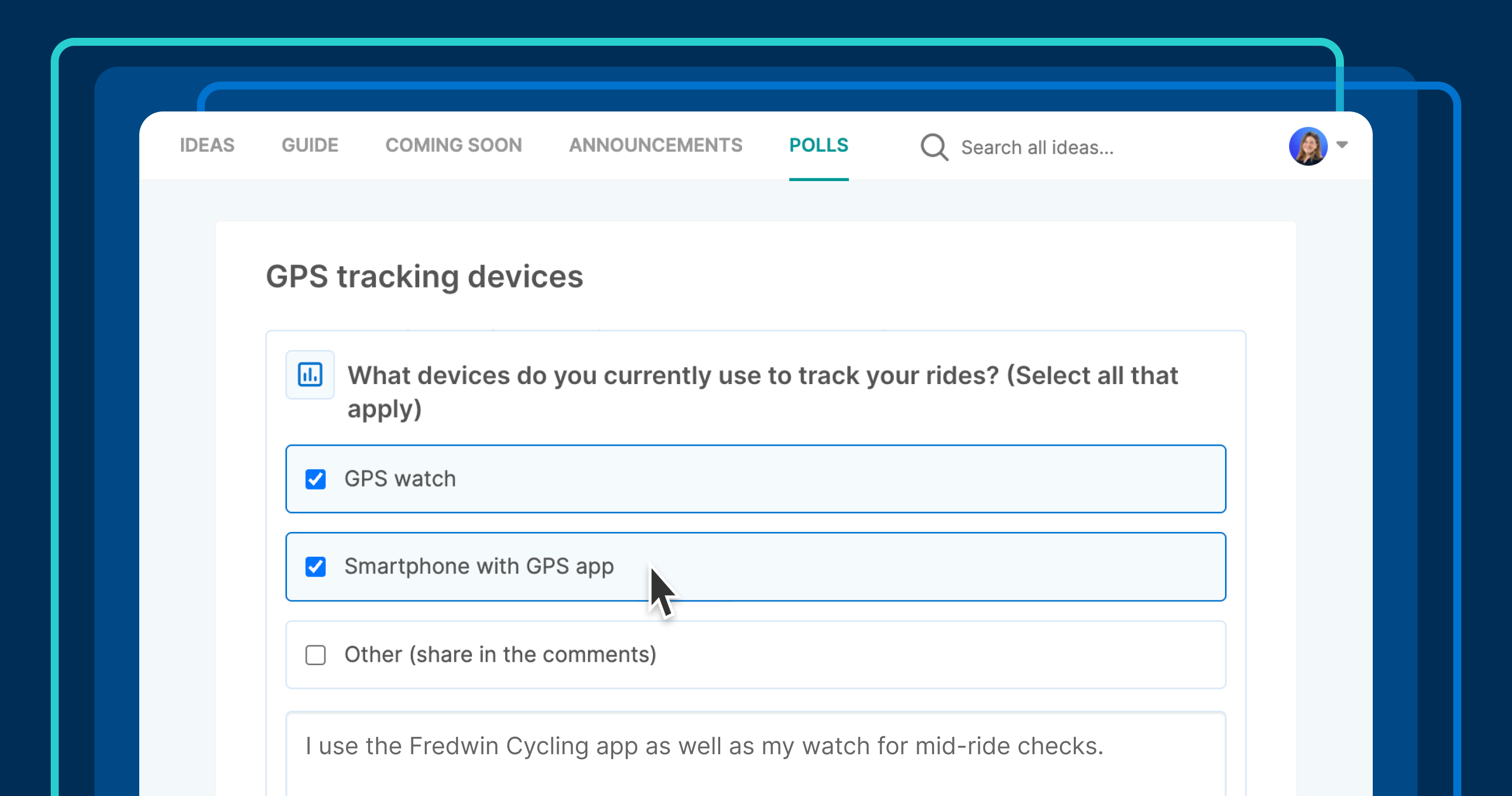





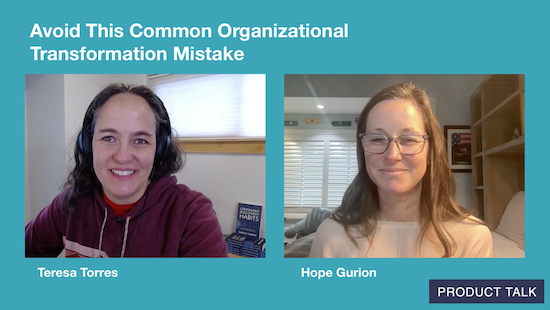
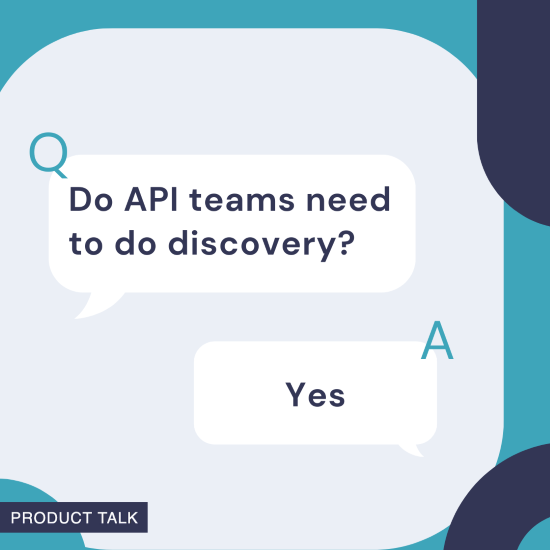











![Building A Digital PR Strategy: 10 Essential Steps for Beginners [With Examples]](https://buzzsumo.com/wp-content/uploads/2023/09/Building-A-Digital-PR-Strategy-10-Essential-Steps-for-Beginners-With-Examples-bblog-masthead.jpg)
